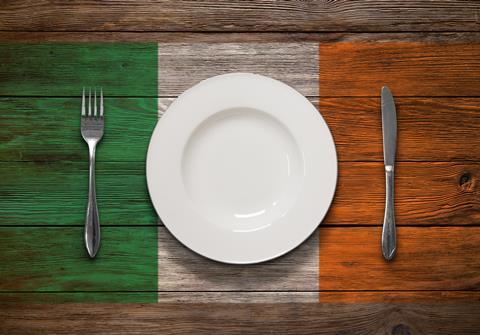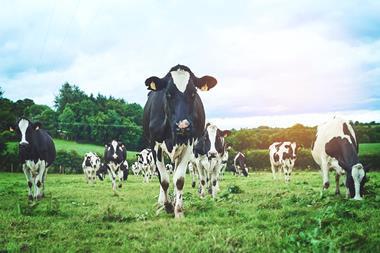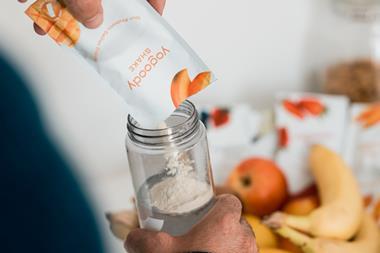
It’s commonplace of the post-Brexit political discourse to say that Europe – or the EU – is our major trading partner. While that is broadly the case, it’s not strictly accurate. In fact, for food and drink the Republic of Ireland is our most important interlocutor. It’s the UK’s biggest food and drink export market and Ireland ranks as our third largest supplier.
If you strip out imports via Rotterdam and French wine, Ireland would probably be our biggest external source of food and drink. Indeed, the interdependence is even more significant. A huge number of Irish food businesses have a very heavy manufacturing presence in the UK, and many ostensibly British companies are represented both north and south of the Irish border.
Leaving aside the political sensitivities, it’s also the case that any discussion of the UK’s potential for food and drink self-sufficiency has to take into account the Irish dimension. It’s generally accepted that this country self-supplies around 60% of its food needs, but Great Britain is actually only about 53% self-sufficient, with Northern Ireland a disproportionately high exporter of food to England, Scotland and Wales.
So, it may be an understatement to describe it as a ‘special relationship’. That’s the title of a fascinating report by Donal Denvir and Cian O’Mahony of Bord Bia, the Irish Food Board. I was lucky enough to take part in a discussion with them last week in Dublin. It opened my eyes to the crucial importance of Anglo-Irish trade for our industry and the rich potential for growth, which it could still unlock.
UK food and drink exports to Ireland stood at €4.4bn in 2022. Those from Ireland into the UK were even higher at €5.3bn. Almost half of that total is made up of beef and dairy products. Cross-border trade on the island of Ireland produces some even more staggering figures. Between 2018 and last year, exports from the Republic to the North rose 172%. Within that increase, value-added beef exports grew by more than eight times, with seafood and poultry both up by more than six times.
The personal lesson I take from this report is important for our future food policy. We concentrate on the impacts of recent and future FTAs – and the perceived threats they raise from New Zealand, Australia or the US – at the risk of missing the wood for the trees. Put simply, our most important food trading partner is currently – and probably for the foreseeable future – our next door neighbour.
Westminster policymakers and representative body leaders in the NFU and FDF should be looking for ways to co-operate across the Irish Sea, building on baby steps that have already been taken between AHDB and Bord Bia. Of course, there is a necessity for healthy competition, but there is also a clear potential benefit in working together to crack export markets further afield.
A look at levels of trust for Irish and UK food products shows their reputations are pretty much identical with shoppers and diners across the world. To me, that looks like a strength to leverage in what is sometimes described, rather queasily, as the global battle for share of stomach in export markets.
With growth an urgent priority for both the UK and Irish industries and resources scarce, it is surely an approach which makes sense.



















No comments yet